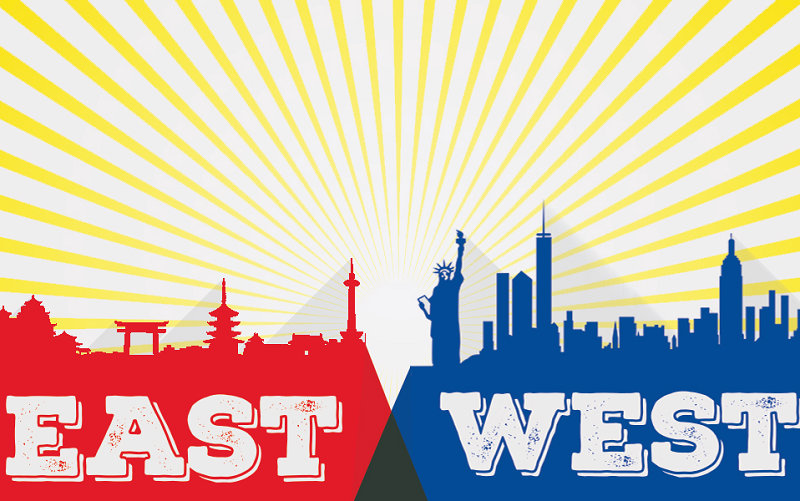
How the Western World See Chinese People?
In China, the culture has been shaped largely by the tenants of eastern philosophies and religions like Confucianism, Taoism and Buddhism. In each of these beliefs, values include harmony, fortune, and community. Understanding these roots can help you make sense of how those roots have influenced modern Chinese people’s way of life.
China’s society, even in the modern day, is influenced by these ideas. In a country with such a large population, keeping peace and harmony is always a major concern, which is why Chinese people often shy away from outright conflict. Getting along with people is often seen as more important than having their own opinion heard.
The differences between Eastern and Western thought can be clearly seen in modern society, despite globalization and unifying influences.
The differences listed below are heavily stereotyped, generalized, and polarized. Not all Chinese (or Westerners) think this way, but these are observed tendencies.
Aspect 1: Where Thinking Happens — Internally or Externally
Chinese people like to internalize, i.e. keep their thoughts to themselves. Westerners like to externalize, i.e. share their thoughts.
Private space for Chinese people is in their heads; for Westerners it’s in their homes (or wherever they can’t be seen or heard).
Aspect 2: Perception — Holistic or Focused
People in the East tend to look at the whole picture and all the details, whereas people in the West concentrate on the main point or goal.
Aspect 3: Priority — Society or the Individual
In China, many people are prepared to do things for the good of society. They feel a strong sense of unity.
In the West, independence and freedom of choice are highly valued. Westerners feel a strong sense of individualism. They don’t say “our” so much.
O or I People
“Eastern thought” can be represented by an ‘O’ (for “Our” or a ring of people linking hands). “Western thought” on the other hand can be represented by an ‘I’ (for “Individual” or ‘the first person singular’ or someone standing on their own).
Aspect 4: Bad Behavior — Shame or Guilt
In China primary reaction to personal ‘bad behavior’ is shame, but only if society judges the behavior as bad.
In the West the main reaction is guilt, and this is personally driven by the individual, according to what he/she thinks is wrong.
In the East, harmony and conformity to society’s ways (including rituals and face-saving) is preferred as a way of preserving order, while in the West legalism and pursuit of “the truth” are preferred.
Aspect 5: Goal — Harmony or Truth
Chinese have a strong system of respect. Much of this comes from the Confucian system of hierarchy. Harmony is considered more important than pointing out faults, so, when a fault must be mentioned, great care is taken to avoid giving offense.
Westerners have a strong sense of what is right and wrong, and want to know what the “truth” of a situation is. While in the East respect is taken for granted, in the West respect is earned, and criticism is typically direct and unveiled.
In China, be more generous with respect and tactful with criticism.
Aspect 6: Attitude — Accepting or Questioning
In China people generally accept what authority figures say, and express agreement (even if they don’t agree). In the West people question even the highest authority figures… all the time… and often quite openly.
Keep on questioning after you arrive in China, but in many situations it may be advisable to keep your thoughts to yourself.
Aspect 7: Processing — Cyclic or Linear
For Chinese there is a recurring process of improvement (i.e. “things occur in cycles”) with no definite end goal that can be reached.
Westerners focus on getting to the end goal using the most efficient method (i.e. “a straight line”).
O or I Thinking
Once again it may help to think of an ‘O’ representing a repetitive, cyclic, holistic, consistent approach, and an ‘I’ for direct, linear, focused innovative thinking, to show the sharp contrast between (stereotyped) Eastern and Western thought.



